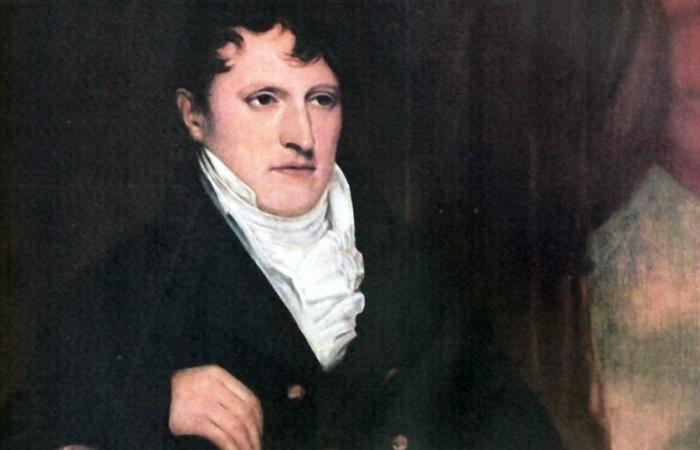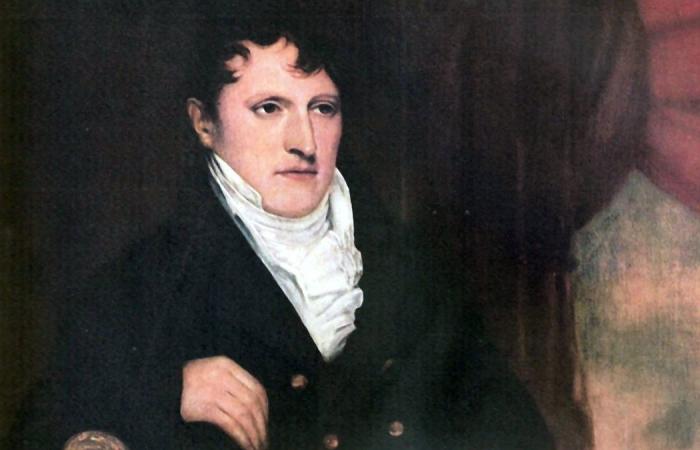Saying goodbye to this month of June, so present in the life of Manuel Belgrano, I want to highlight in this work his work as a jurist, referring specifically to the document announced in the title. Here we go.

On his return from the diplomatic mission entrusted to him on the European continent, which he left at the end of 1814, and capitalizing on the experience collected therein, while making a reading of the realities warned on both sides of the ocean, applying the solid legal knowledge he had and his legal-philosophical convictions. prepares its constitutional project.
In relation to the aforementioned instrument, let us say that it is small in size in relation to what we consider a constitutional body, consisting of a bulky introduction containing general guidelines, which would not encourage me to call it a preamble, but rather – something typical of the ‘corpus’ of that time – considerations explaining the reasons for its writing, with five chapters made up of thirteen articles referring a: powers of the political power, the legislative power, the appendix of the first of them: the ministers, the judicial power and a declaration of principles.
Bartolomé Miter has said of that work “…he ennobled the project and gave it a political meaning aimed at the emancipation of America and the establishment of a regime of freedom…”.
This last statement is totally true, since such an outline It is presented in the secret session of July 6, 1816 of the Congress convened in San Miguel de Tucumán at the opportunity of being received by the representatives gathered there. to inform the terms of his recent diplomatic mission, this on his way to taking charge of the Northern Army.
On this occasion he tells the congressmen that it is necessary to promptly declare National Independence so that the rest of the world, especially in Europe, stops seeing us as a mere group of rebels.
With that intimation he develops the content of his project of a monarchy with capital in Upper Peru, which merits various considerations. Let’s see
Europe would welcome the installation of a temperate – or constitutional – monarchy rather than a republic – a scheme prevailing only in the United States of America. and some Swiss cantons -, proposing that, after the declaration of Independence – which he emphasized -, the establishment of of that model of government in the person of a sovereign of Inca origin, with legitimate rights in America, which, on the other hand, would have the strong support of all the natives of these lands. and it would be accepted by the European powers, not very inclined towards republican governments. Such a proposal entailed the designation of the capital in Cuzco, which would decompress the issues raised between Buenos Aires and the Banda Oriental and the coastal provinces.
His sharp strategic gaze was directed in two directions:
The external front, in order to achieve rapid international recognition of the declaration of Independence, and
The internal front, with different aspects:
1. Consolidate the commitment of the northern provinces with the independence effort, for being the settlement of the Inca empire.
2. Decompress the prevailing situation with the Eastern Band and the coastal provinces and
3. Get the support of indigenous peoples.
His political proposal did not have a favorable response, but his firm demand for a prompt declaration of our National Independence did, materialized a few days later.
May this be part of our respectful memory of one of our best men.
* Member of the Belgranian National Institute. President of the Center for Constitutional Studies of Comahue. Numerous member of the Neuquén Historical Studies Board.







